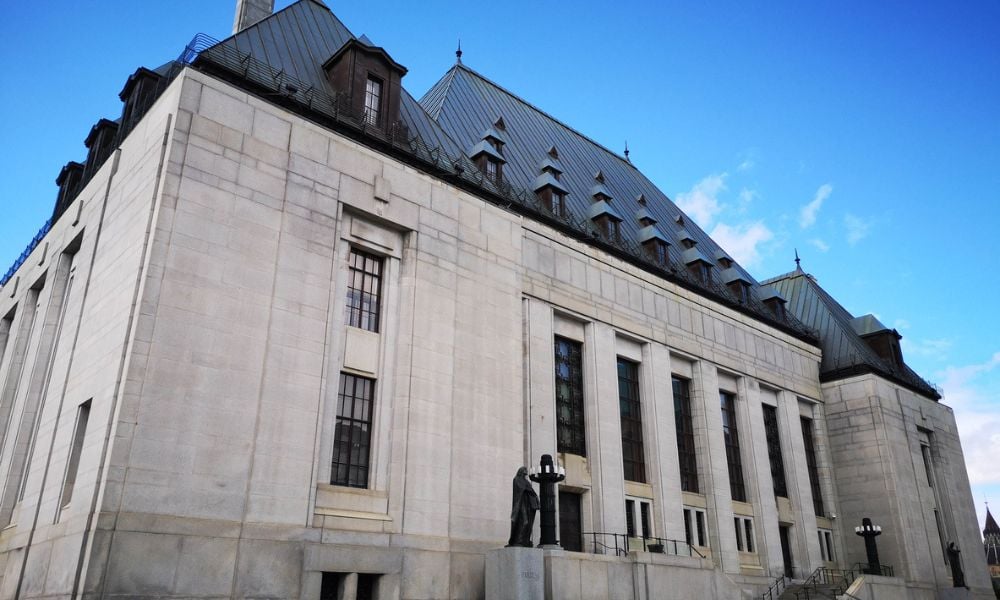Second action re-litigating first action is prohibited, abuse of process

The Alberta Court of Queen’s Bench has ordered a claimant to explain why his statement of claim was not a prohibited, abusive re-litigation of a previous medical malpractice action that had been dismissed 19 years earlier.
In Wilyman v. Cole, 2022 ABQB 514, Christopher Wilyman filed a statement of claim in 2003. He alleged that Dr. Martin J. Cole of Rockyview Hospital in Calgary performed a medical procedure in a “negligent manner.” Wilyman sought the payment of damages in the amount of $1,150,000. His claim was dismissed by the Alberta Court of Queen’s Bench.
In 2022 – 19 years after the dismissal of the first action, Wilyman filed a second statement of claim. He alleged again that he was examined and misdiagnosed by Dr. Cole. The core element of the alleged negligence in the first action was duplicated in the second statement of claim, where Wilyman also claimed damages in the amount of $40 million.
Apparently vexatious application or proceeding
Dr. Cole requested the court to declare that the second action was an “Apparently Vexatious Application of Proceeding” (AVPAP), under Alberta Civil Practice Note No. 7 (CPN7). According to the court, the CPN7 mechanism was implemented “to better manage litigation that, on its face, appears to be unmeritorious, has no prospect of success, or it otherwise abusive and vexatious.”
The court also noted that CPN7 intended to provide a timely, proportionate, and cost-effective response to the litigants. The court said it would only intervene through the CPN7 mechanism when the defects in question were apparent on the face of the pleading, and the suspect pleadings were “clearer cases of abuse.” If, on initial review by the court, the pleading appeared to be unmeritorious, had no prospect of success, or was otherwise abusive and vexatious, then the court would issue a first written decision that would identify the apparent defect, which may be the basis to strike out the pleading.
Collateral attack
The court remarked that if the second action appeared to re-litigate the first, the second action would be deemed a collateral attack on the outcome of the first action, which is prohibited and an abuse of process. A collateral attack is a litigation step or proceeding that challenges, directly or indirectly, a prior court decision or result. Collateral attacks are generally prohibited and an abuse of process.
After considering the two statements of claim, the court found that the second action statement of claim was a suitable candidate for a CPN7 review. While there were key differences between the first and second actions, the court found that each statement of claim cited the same alleged events and negligence of Dr. Cole. In the end, the court ordered Wilyman to explain why the second action was not prohibited, abusive re-litigation and a collateral attack upon the outcome of the first action.










